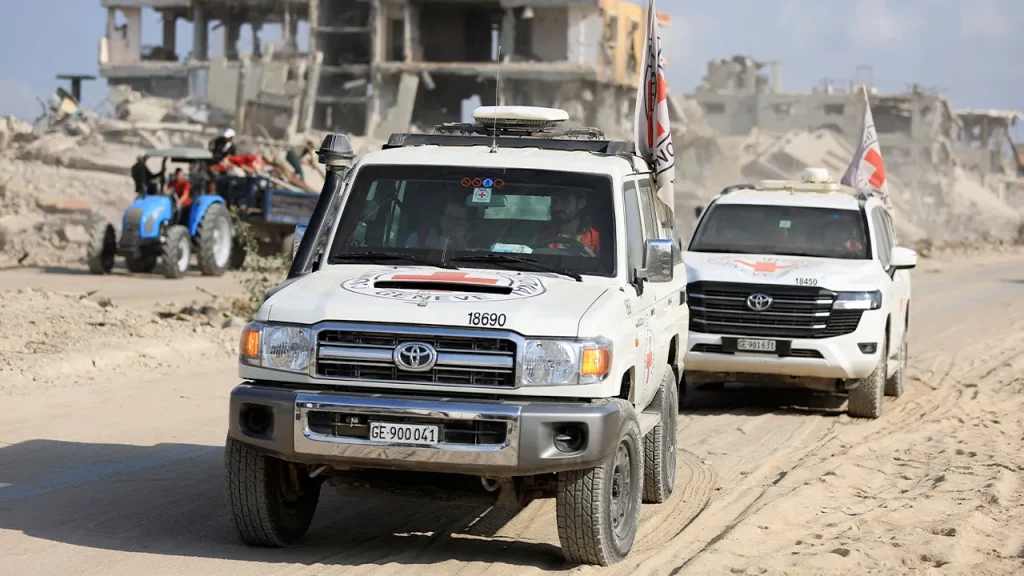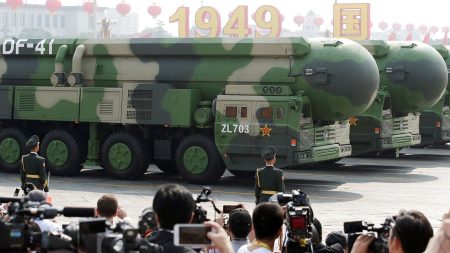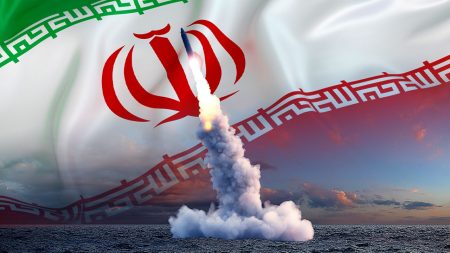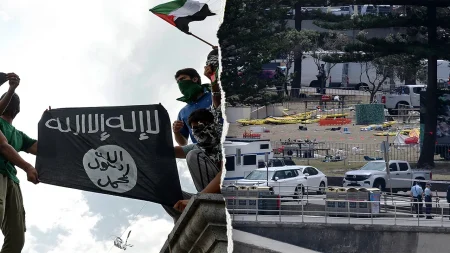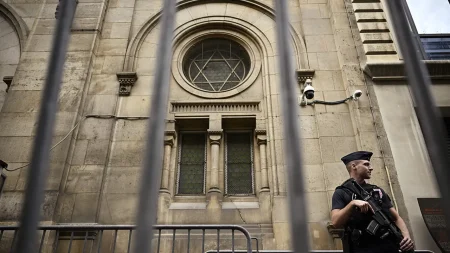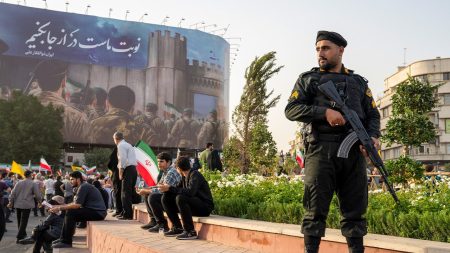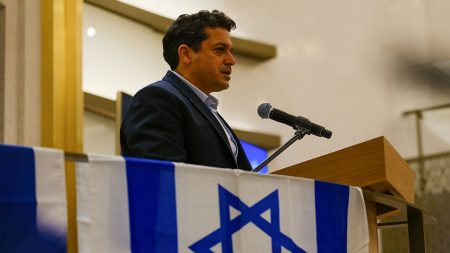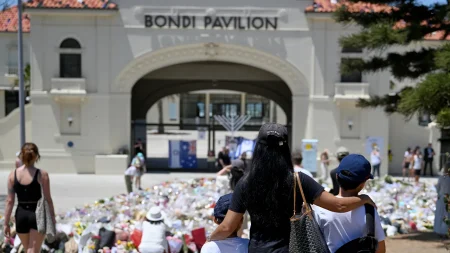Turkey, Qatar, and Egypt: Working Towards the Next Phase of Gaza Ceasefire
Turkish, Qatari, and Egyptian officials gathered in Cairo on Wednesday to discuss the critical second phase of the Israel-Hamas ceasefire deal, highlighting the ongoing international efforts to stabilize the fragile peace in Gaza. The high-level meeting included Turkey and Egypt’s intelligence chiefs alongside Qatar’s prime minister, demonstrating the regional commitment to advancing the peace process despite continued tensions. During their discussions, the officials agreed to strengthen coordination with the Civil Military Coordination Center to overcome obstacles and maintain the continuity of the ceasefire. A Turkish source revealed their shared concern about alleged Israeli violations of the current agreement, emphasizing that preventing further infractions remains a top priority for the mediating nations. This meeting comes at a crucial juncture as both Hamas and Israel have accused each other of violating the U.S.-brokered agreement, yet mediators remain determined to progress to the next phase of implementation.
The second phase of the ceasefire agreement outlines ambitious steps toward long-term stability in Gaza. It includes plans for deploying an international stabilization force to maintain peace on the ground and developing an international governing body to administer Gaza’s affairs. Perhaps most significantly, this phase calls for the disarmament of Hamas, which has been a consistent demand from Israel throughout negotiations. According to The Times of Israel, the agreement also requires Israeli forces to withdraw further from the designated “yellow line” in preparation for international forces taking over security responsibilities. These elements represent the most challenging aspects of the peace plan, requiring delicate diplomacy and sustained international support to succeed in a region where previous peace efforts have repeatedly faltered.
In a somber development that underscores the human toll of the conflict, Israel recently returned the bodies of 15 Palestinians in exchange for the remains of Israeli hostage Dror Or. This exchange marks a painful milestone in the ongoing hostage negotiations between the warring parties. According to Israeli authorities, Dror and his wife, Yonat Or, were killed during the Hamas attacks on Kibbutz Be’eri on October 7, 2023. The Hostages and Missing Families Forum shared the heartbreaking details of the couple’s final moments, recounting how they heroically evacuated their children through a window in their safe room as their house burned around them. Though the parents sacrificed themselves to save their children, two of them—Noam and Alma—were subsequently taken hostage by militants during the chaotic attack.
The story of the Or family encapsulates the devastating human impact of this conflict. In a poignant coincidence, Noam and Alma Or were released during the first hostage exchange on November 25, 2023—exactly two years before their father’s remains would be returned to Israel. This symmetry of dates serves as a painful reminder of the ongoing nature of grief and recovery for families affected by the conflict. While this latest exchange represents progress in the implementation of the ceasefire agreement, it also highlights the immense human suffering that continues long after hostilities officially cease. Such exchanges, while necessary for the peace process, force families to confront anew the painful realities of their losses while providing the closure that many desperately seek.
Despite this progress, the remains of two hostages—Israeli citizen Ran Gvili and Thai national Sudthisak Rinthalak—are still being held in Gaza. Hamas has pledged to fulfill its obligations under the ceasefire agreement by returning both sets of remains, though the group has not specified when this will occur. This continued detention of hostage remains illustrates the complex challenges facing mediators as they work to ensure full compliance with the ceasefire terms. Each delayed return creates additional tension that threatens the fragile peace, while successful exchanges build momentum toward the more ambitious goals outlined in the second phase of the agreement. The mediating nations of Turkey, Qatar, and Egypt understand that resolving these outstanding hostage issues is crucial for maintaining trust between the parties and advancing toward the broader objectives of regional stability.
As the ceasefire enters its most challenging phase, the international community watches closely to see whether this agreement can succeed where previous attempts at peace have failed. The involvement of Turkey, Qatar, and Egypt as mediators reflects a regional approach to conflict resolution that acknowledges the complex interplay of security concerns, humanitarian needs, and political interests in Gaza. The deployment of an international stabilization force, the disarmament of Hamas, and the establishment of an international governing body for Gaza represent ambitious goals that will require unprecedented cooperation between former adversaries. While violations of the current agreement and delays in hostage returns create significant obstacles, the continued engagement of mediators and the step-by-step implementation of the ceasefire plan offer hope that this effort might finally bring lasting peace to a region that has endured decades of cyclical violence. The path forward remains fraught with challenges, but the determination shown by all parties in Cairo suggests a shared recognition that peace, however difficult to achieve, remains the only viable solution for the people of Israel and Gaza.





